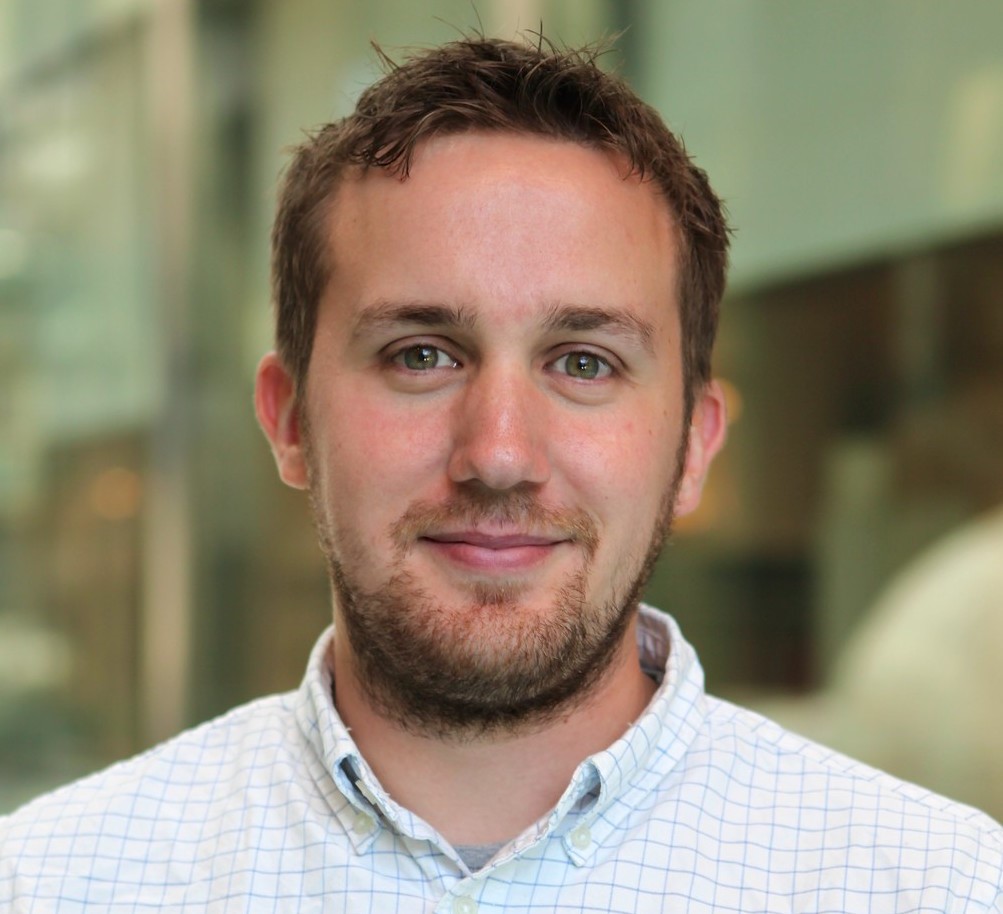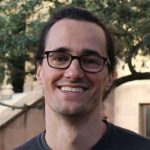About the Seminar:
Enzymes are optimal catalysts for chemical synthesis because they can be evolved to provide unparalleled levels of selectivity. They are, however, limited to reactivity patterns found in nature. In this talk, I will share our groups approach to address this limitation using radicals and light.
About the Speaker:
Professor Hyster is a native of Minnesota. He was an undergraduate at the University of Minnesota before moving to Colorado State University for his Ph.D. He worked in the labs of Tomislav Rovis developing methods for synthesizing nitrogen-containing heterocycles using Rh(III)-catalyzed C–H activation. During his graduate studies, Todd spent time in the lab of Thomas Ward at the University of Basel developing an artificial metalloenzyme for C–H activation reactions. After completing his Ph.D. in 2013, he joined the labs of Frances Arnold as an NIH postdoctoral fellow. In the Arnold lab, he developed P450s catalyzed nitrene transfer reactions. In 2015, Todd joined the Chemistry Department at Princeton University as an assistant professor where his group develops new methods to expand the repertoire of reaction available to enzymes.



